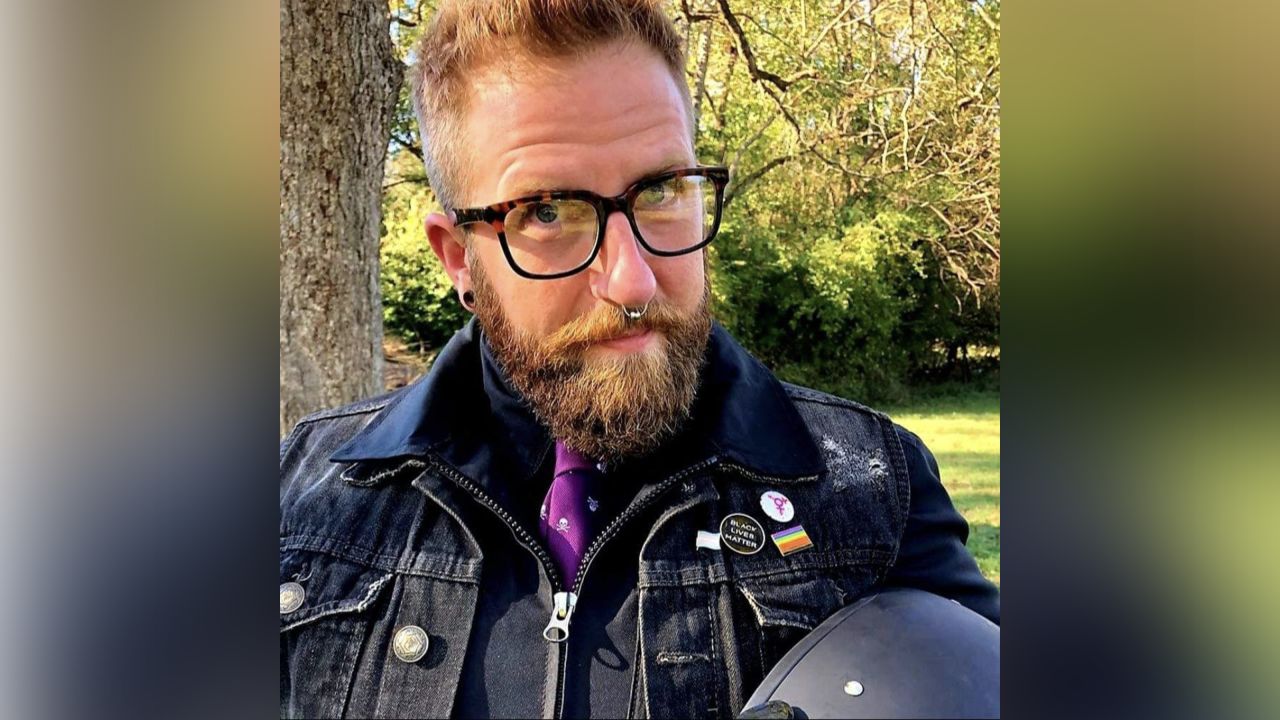
These drugs, called direct-acting antivirals because they block proteins the virus needs to copy itself, have been hailed as one of the greatest achievements in modern medicine.
Sold as pills, these drugs are easy to take with almost no side effects and cure an astonishing 95 percent of the patients who take them.
They are so effective that when the first of these therapies was approved in 2013, doctors looked forward to the day that hepatitis C – then the leading cause of liver transplants in the US – might be relegated to the medical history books. Indeed, one country – Egypt, which had one of the highest rates of hepatitis C in the world – has already eradicated the disease, which can also lead to liver cancer, liver failure and death.
Instead, these therapies – which debuted with list prices of around $90,000 for a course of treatment and once topped the list of the most expensive drugs sold in this country – have become stark examples of one of the worst inequities of this nation’s health care system: Though the U.S. is a world leader in developing new medicines, American patients, who pay more than twice as much for prescription drugs as patients in 32 other wealthy countries, are often unable to afford them.
“Today nearly 15,000 Americans die annually from hepatitis C,” said Dr. Jonathan Mermin, director of the National Center for HIV, Viral Hepatitis, STD, and TB Prevention at the US Centers for Disease Control and Prevention.
“These deaths could have been prevented. Thousands of people are dying every year in our country and many more are suffering from an infection that has been curable for over 10 years,” Mermin said in a news briefing.
Study shows hurdles to care
A study published Thursday in the CDC’s Morbidity and Mortality Weekly Report reveals how deep the disparities in access to hepatitis C therapies have become.
Using testing data from Quest Diagnostics, a large commercial laboratory, researchers were able to track the fates of 1 million Americans diagnosed with hepatitis C infections in the decade since the most effective drugs were introduced.
Overall, just 1 in 3 were cured over that time period.
Cure rates differed by age and insurance coverage. Younger patients and those with little or no insurance coverage were less likely to be cured compared with older patients and those with more generous benefits.
Only 25 percent of people under age 40 were cured compared with 42 percent of adults over age 60.
Less than 1 in 4 (23 percent) of people without insurance were classified as cured in the study compared with almost 2 in 5 (40 percent) of people with commercial insurance and nearly half (45 percent) of people on Medicare.
Patients who were both younger and uninsured were the least likely to be cured: Just 1 in 6 under 40 without insurance reached this target.
Dr. Frances Collins, a special adviser to President Biden and former director of the National Institutes of Health, called the new numbers “truly discouraging after all these years where the cure has been available.”
“This is not something that a technologically advanced country should be able to just look at and say that’s fine,” Collins said. “It’s not fine.”
Most new infections in adults 40 and under
These low cure rates come at a time when there’s been a significant shift in the ages of people being diagnosed with new hepatitis C infections.
Hepatitis C is transmitted through exposure to infected blood or body fluids.
Before it became possible to screen blood products for the virus, most people were infected through contaminated blood transfusions.
“Baby boomers – people born from 1945 to 1965 – early on represented the most amount of cases,” said Dr. Carolyn Wester, lead author of the new study and director of the CDC’s Division of Viral Hepatitis.
Now, however, adults age 40 and under are the group most likely to get it, driven mostly by increases in injected drug use, Wester said.

That’s how Riley Kirkpatrick, 43, thinks he was infected. Kirkpatrick began using injected opioids when he was around 14, he said. He’s now sober and works as the executive director of Access Point of Georgia, program that helps people who are addicted to opioids get medical treatment.
His older brother was HIV positive, which made him ultra careful about not sharing needles, but he didn’t know you could catch hepatitis C just by sharing other kinds of supplies.
It can also be passed through sex, contaminated tattoo needles, and during pregnancy – from mother to child.
Kirkpatrick said he didn’t find out he was infected until he was in his early 20s, around the year 2000. The only treatment available at the time was a drug called interferon, which only cured the infection around a third of the time and came with significant side effects.
“I knew all about it, how horrible it was. I watched friends do it,” Kirkpatrick said, referring to the treatment.
His doctor told him new and more effective drugs were on the way, so he waited.
Cases going up and undetected
But over the last decade, rates of new hepatitis C cases doubled in the United States, according to the CDC.
“As those new cases come in, if they’re not accessing treatment at the same rate as the existing cases, that’s where we see a shift in epidemiology,” Wester said.
Those are just the cases that are identified. Studies estimate nearly half of people who have hepatitis C don’t know it because it causes damage to the body silently until the late stages of disease.
Alarmed by the trends, the CDC and US Preventive Services Task Force updated their guidelines, directing that all adults be screened for hepatitis C infection, regardless of risk, and that people who are pregnant get tested during each pregnancy.
Many doctors and patients still aren’t aware of the new recommendations, however, because they were released in early 2020.
“They were launched right at the beginning of the Covid pandemic, so there’s still a lot of work to getting them implemented,” Wester said.
The World Health Organization has issued a challenge to member countries to eliminate hepatitis C by 2030. Studies show only 11 are on track to make that target. The United States is not one of them.
President Biden tapped Collins to spearhead the national effort to eliminate the infection in the US by 2030, a goal first set by the Trump administration in 2021.
“2.5 million people who are currently carrying this virus in their liver are not getting easy access to the cure. And we need to do something to try to accelerate that process or they will face downstream the consequences of this viral illness, which are liver failure, the need for a transplant and liver cancer,” Collins said.
Crushing costs of a cure
The cost of the drugs has been out of reach for many.
In 2013, when he was in his early 30s, Kirkpatrick caught a news report about Sovaldi, a new hepatitis C medication that was soon to be FDA approved. Used in combination with another drug, it could cure more than 95 percent of people who took it.
“I got so excited – like so excited – listening to this thing. And they were talking about how amazing it was,” Kirkpatrick said.
And then he heard the price – more than $1,000 per pill, $84,000 for a full course of treatment.
“I’m getting so excited and like, like bawling. Just being like ‘Oh my God. It’s here! I can get treated! This is amazing!’ and then ‘Oh my god, I’m never gonna get treated. There’s no way.’ It was a very fast roller coaster,” Kirkpatrick said.
While cost continues to be a big barrier to access, patients face hurdles at every part of the process to getting care, Collins said, starting with get a diagnosis in the first place.
“The testing process is pretty complicated,” Collins said. “It takes three visits to the clinic before you actually get an answer and get started on the cure, and if you’re feeling pretty good, you just might not follow through.”
The cost of a course of treatment has come down to around $24,000 in this country, which is still too steep for many insurance plans and individuals. Egypt reduced the cost of the cure to $85 per person by authorizing generic versions of the drugs.
“If you’re on Medicaid, for instance, in many states, the state budget doesn’t really quite cover that effectively, so they put up barriers like, well, you’ve got to first show you have liver damage, that seems pretty upside down,” Collins said. The whole goal of the drugs is to prevent liver damage, he points out. Or, Medicaid plans may require people seeking treatment to see a specialist, and it may take a long time to get for an appointment.
Other plans require patients to prove they’ve been sober for a certain amount of time before they’ll cover the drugs.
“None of those are consistent with the national treatment recommendations and go against the evidence,” Wester said.
Kirkpatrick said, “It is 100 percent morality and stigma and judgment.”
Kirkpatrick said he spent the next five years looking for a way to get the treatment. He tried to get into clinical trials and finally found a program, sponsored by a church, that promised to pay for his medications if he would go through their process, which required him to be sober for at least six months to qualify for the medication.
He said they screened for drugs at every visit, and made him meet with doctors, social workers and nutritionists. They wanted to pray with him at every visit. Ultimately, after months of waiting, he didn’t get treatment from the program.
Finally, Kirkpatrick was able to find a program that got him the treatment. He was cured at age 38, after waiting for almost a decade.
“It was amazing, absolutely amazing. I couldn’t believe it was gone,” he said.
Quick care is key
Not only is fast treatment important to prevent liver damage, Wester said, it’s also critical to prevent further transmission of the infection.
Some states, such as Washington and Louisiana, have been able to cover more patients by negotiating with drug companies to set up subscription services for the drugs. These programs have also been called the “Netflix model.”
Wester said these states calculated all the money they would have spent treating patients with hepatitis C and offered companies a lump sum if they would then cover everyone who needed treatment.
Collins said that approach has been very successful, and the government wants to replicate it on a national scale. He says it will cost $5 to $6 billion dollars up front but saves an estimated $13.3 billion in treatment costs within 10 years.
A big part of his job will be convincing Congress to make the investment.
“I think we got plenty of lessons of how to do this successfully. It’s frankly finding the political will to get it done,” Wester said.




